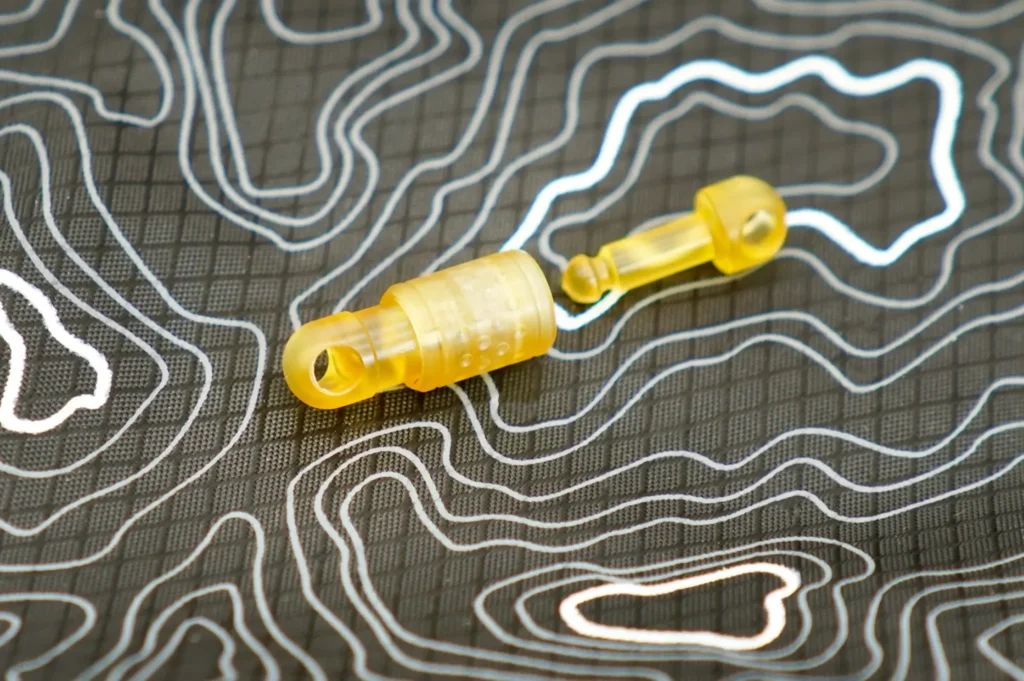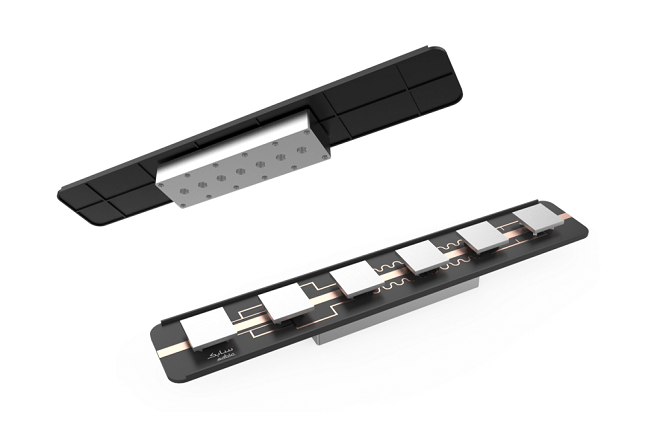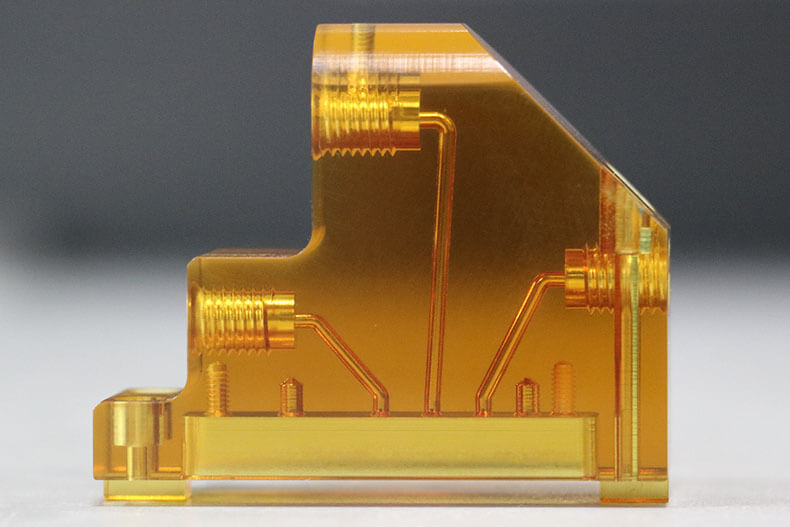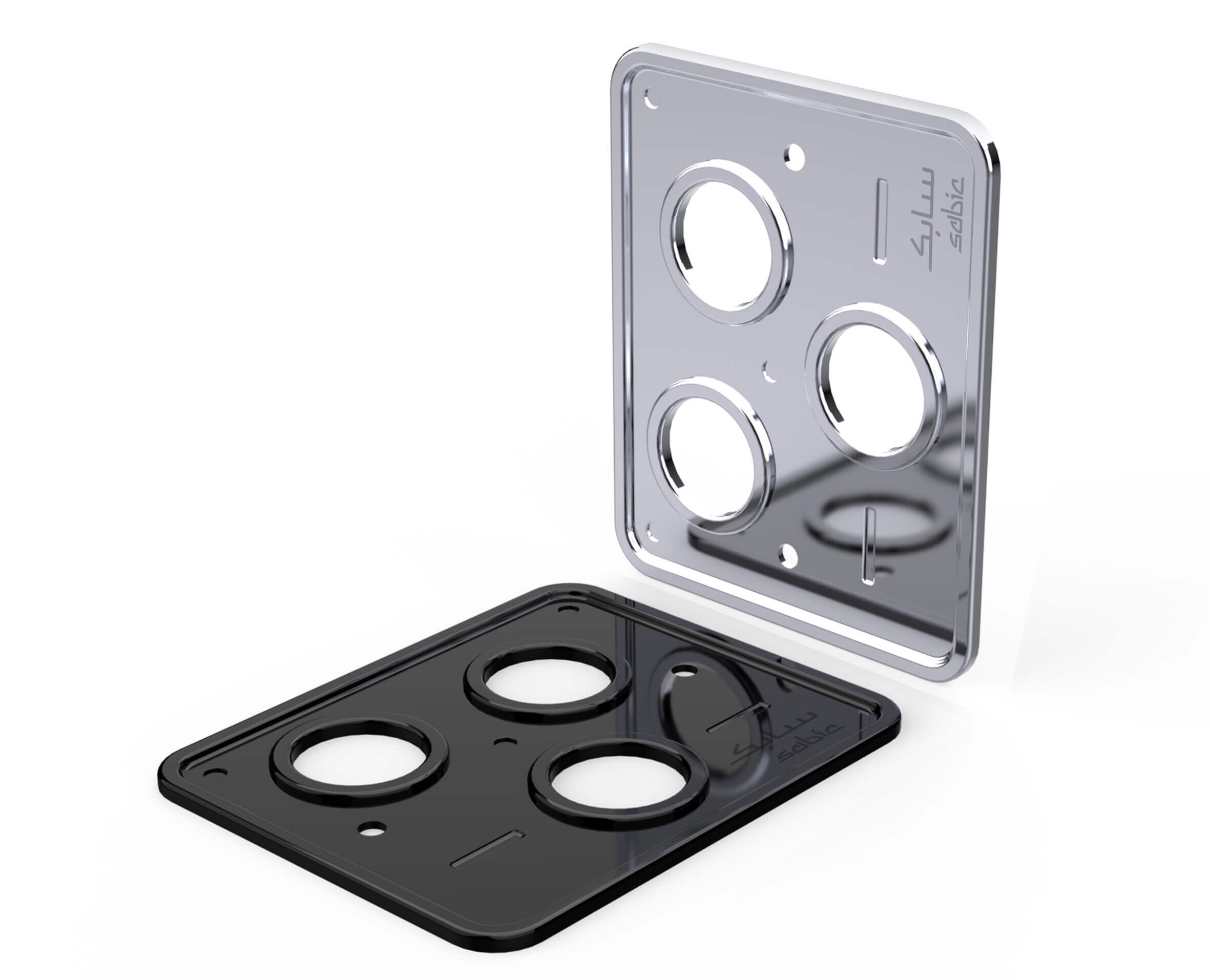Introduction to Machining Ultem (PEI)
Ultem, also known as polyetherimide (PEI), is a high-performance thermoplastic with excellent mechanical, thermal and electrical properties. Due to its excellent heat resistance, chemical resistance and dimensional stability, it is widely used in various industries such as aerospace, automotive, electronics and medical. However, machining Ultem is a challenging task due to its unique properties.
In this article, we will explore the cutting properties of Ultem and discuss the different grades that can be used for machining applications.
1.Key factors affecting machining Ultem
1) Cutting properties
When machining Ultem, understanding its cutting properties is essential to achieve the best results. Ultem has a high glass transition temperature (Tg) of about 217°C, which means that its mechanical properties are maintained even at high temperatures.
This high Tg makes Ultem prone to heat buildup during machining, resulting in thermal degradation and poor surface finish. Therefore, it is crucial to control the cutting temperature and minimize heat generation during machining.

2) Cutting tool selection
One of the key factors affecting the cutting performance of Ultem is the choice of cutting tool. Carbide tools are commonly used to machine Ultem due to their excellent heat and wear resistance. However, cutting geometry and tool coatings also play an important role in achieving efficient machining.
For example, using sharp cutting edges and high positive rake angles can help reduce cutting forces and minimize heat generation. In addition, applying a suitable tool coating such as TiAlN or TiCN can extend tool life and improve surface finish.
3) Cutting parameters
Another important aspect to consider when machining Ultem is the cutting parameters. To ensure effective material removal, cutting speeds, feed rates, and depth of cut need to be carefully selected to avoid excessive heat buildup.
When machining Ultem, high cutting speeds and low feed rates are generally recommended to minimize heat generation. However, it is also important to strike a balance between productivity and tool life, as extremely high cutting speeds can cause tool wear and shorten tool life.

2.Different grades of Ultem
In addition to understanding the cutting properties of Ultem, it is also important to be familiar with the different grades that can be used for machining applications. Ultem is available in a variety of grades, each designed to meet specific requirements.
The most commonly used grade in machining applications is Ultem 1000. It has excellent dimensional stability, good chemical resistance, and is relatively easy to process compared to other grades.
Ultem 2300 is another grade that offers enhanced mechanical properties and better chemical and hydrolysis resistance. However, due to its higher glass transition temperature, it may require more advanced processing techniques.
In addition, Ultem is available in specialized grades designed for specific applications. For example, Ultem 9085 is a grade developed specifically for additive manufacturing processes such as fused deposition modeling (FDM). It has high strength, excellent heat resistance, and is widely used in the aerospace industry to produce lightweight, durable parts.

In summary, machining Ultem (PEI) requires careful consideration of its cutting properties and selection of appropriate cutting tools and parameters. Understanding the unique properties of Ultem, such as its high glass transition temperature and thermal sensitivity, is essential to achieving efficient machining and a high-quality surface finish.
In addition, being familiar with the different grades of Ultem available for machining applications allows for the selection of the most appropriate grade for specific requirements. By employing the right techniques and tools, machining Ultem can be a successful and rewarding process across a variety of industries.
